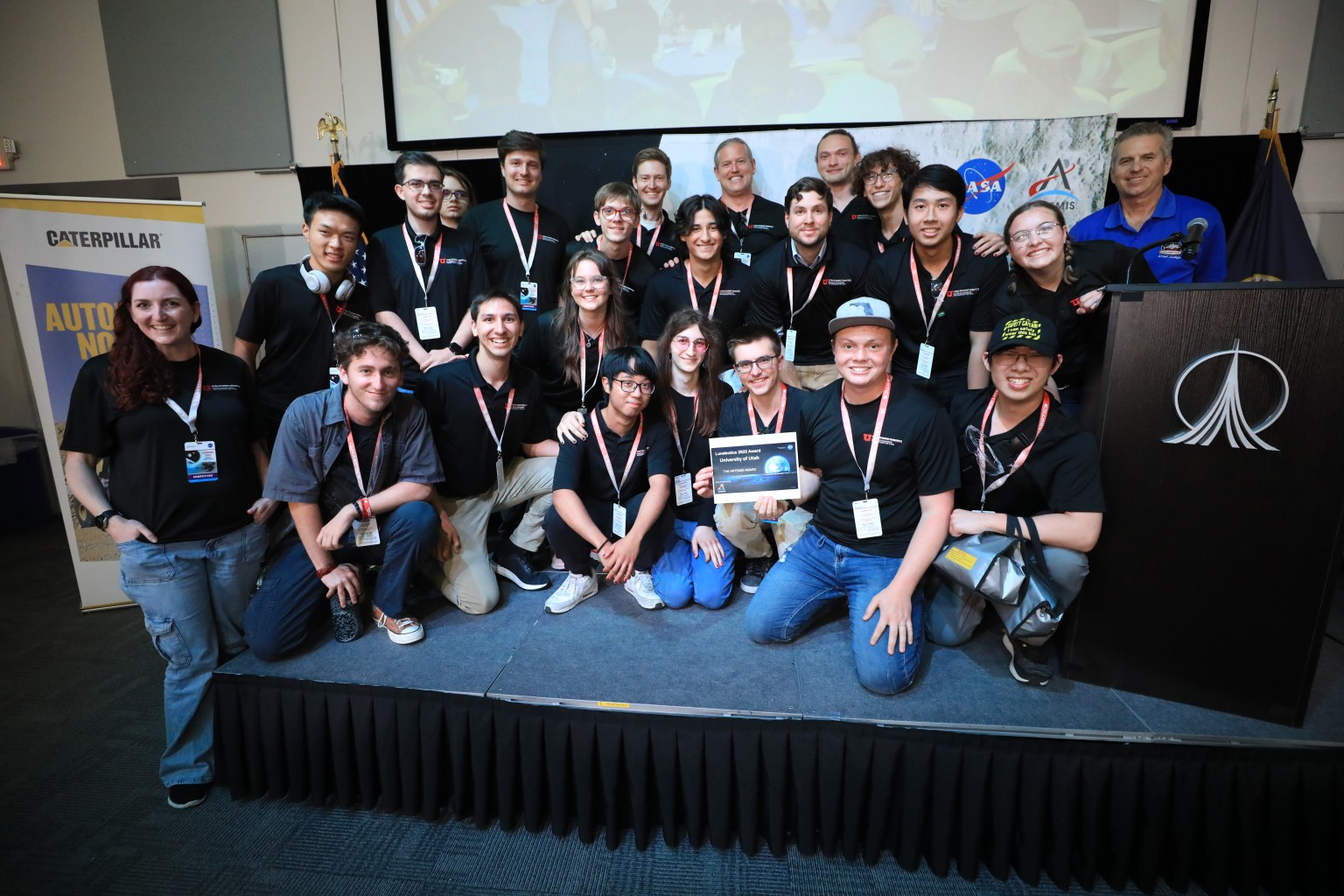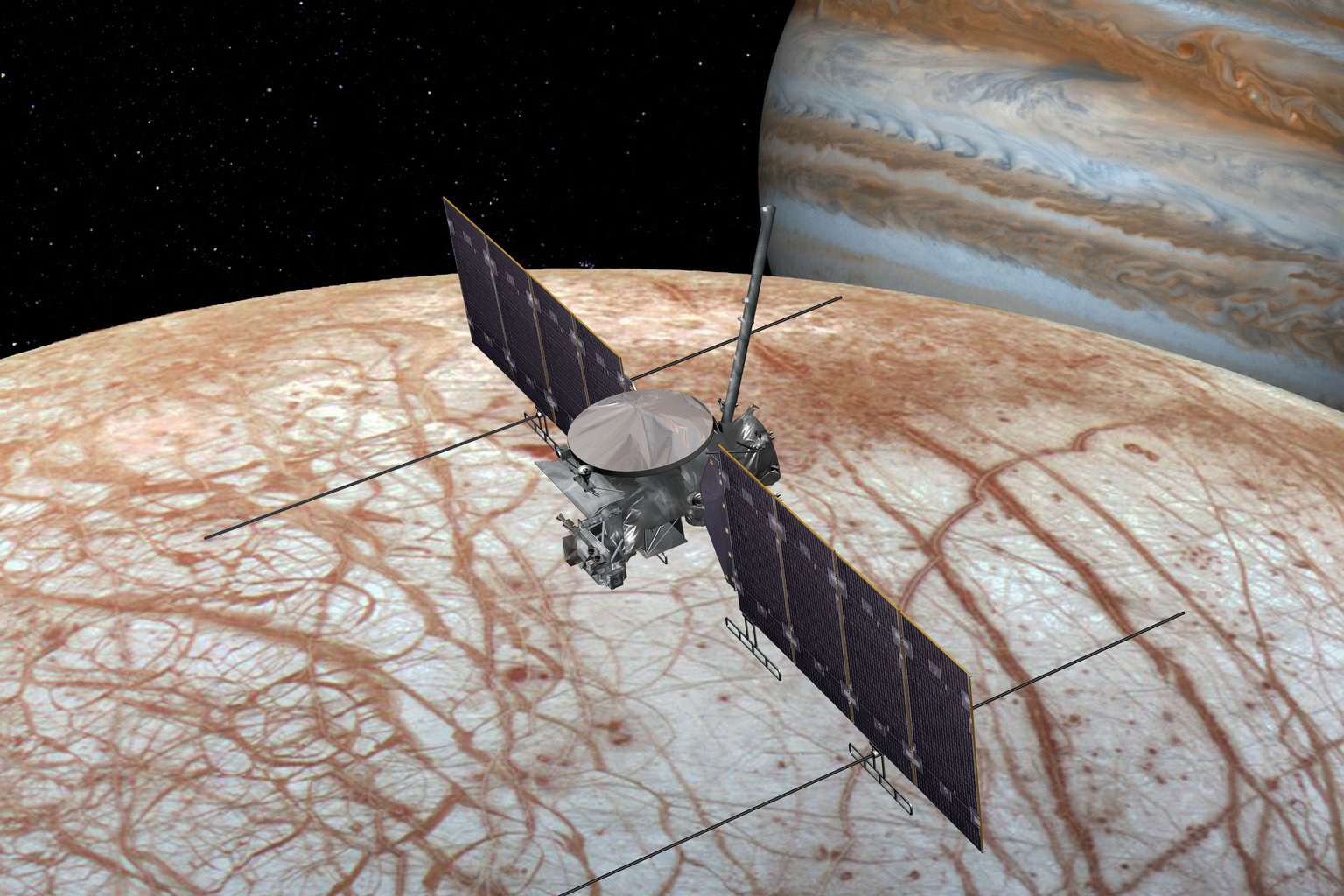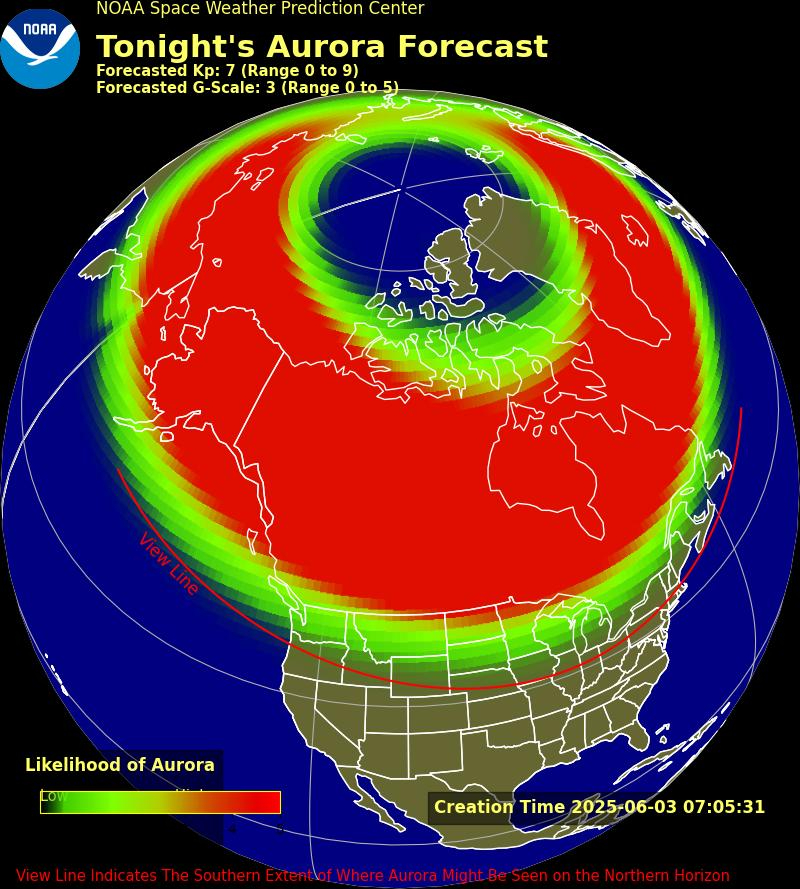Astronaut Edward H. White II, pilot of the Gemini IV four-day Earth-orbital mission, floats in the zero gravity of space outside the Gemini IV spacecraft.
Read MoreDay: June 3, 2025
Future Engineers Shine at NASA’s 2025 Lunabotics Robotics Competition
4 Min Read Future Engineers Shine at NASA’s 2025 Lunabotics Robotics Competition And the winner is… the University of Utah in Salt Lake City. The Utah Student Robotics Club won the grand prize Artemis Award on May 22 for NASA’s 2025 Lunabotics Challenge held at The Astronauts Memorial Foundation’s Center for Space Education at the Kennedy Space Center Visitor Complex in Florida. “Win was our motto for the whole year,” said Brycen Chaney, University of Utah, president of student robotics. “We had a mission objective to take our team and competition…
Read MoreWhen the sun dies, could life survive on the Jupiter ocean moon Europa?
Can life survive in the solar system once the sun dies and becomes a red giant star? New research suggests there may be a narrow window of possibility for life to persist on the icy moons of the outer solar system. It’s not exactly clear where the habitable zone of the red giant sun will be, but it could possibly reach the orbit of Jupiter. Although the planet itself won’t be habitable because it will still be a giant ball of hydrogen and helium gas, Jupiter’s moons might become promising…
Read MoreHubble Filters a Barred Spiral
Explore Hubble Hubble Home Overview About Hubble The History of Hubble Hubble Timeline Why Have a Telescope in Space? Hubble by the Numbers At the Museum FAQs Impact & Benefits Hubble’s Impact & Benefits Science Impacts Cultural Impact Technology Benefits Impact on Human Spaceflight Astro Community Impacts Science Hubble Science Science Themes Science Highlights Science Behind Discoveries Hubble’s Partners in Science Universe Uncovered Explore the Night Sky Observatory Hubble Observatory Hubble Design Mission Operations Missions to Hubble Hubble vs Webb Team Hubble Team Career Aspirations Hubble Astronauts Multimedia Images Videos…
Read MoreSpaceX launches 23 more Starlink satellites from Florida (video)
SpaceX sent another batch of its Starlink satellites into low Earth orbit from Florida early Tuesday morning (June 3). Twenty three (23) of the broadband internet units, including 13 with direct-to-cell capabilities, rode atop a SpaceX Falcon 9 rocket from Space Launch Complex 40 (SLC-40) at Cape Canaveral Space Force Station on a nine-minute trip into space. Liftoff occurred at 12:23 a.m. EDT (0423 GMT). The satellites were set to be released into orbit about an hour later. You may like The bright thrust from a SpaceX Falcon 9 rocket…
Read MoreNorthern lights may be visible from these 13 US States tonight
Though geomagnetic activity is beginning to wane, the northern lights could still put on a show tonight (June 3). Earth is still reverberating from not one but two coronal mass ejections (CMEs) that hit in the early hours of June 1 and late June 2, wreaking havoc on our magnetic field and triggering incredible auroras around the world. Space weather forecasters from the U.K. Met Office predict there is still a slight chance of further strong (G3) geomagnetic storms, with minor (G1) and moderate (G2) intervals expected. You may like…
Read More



